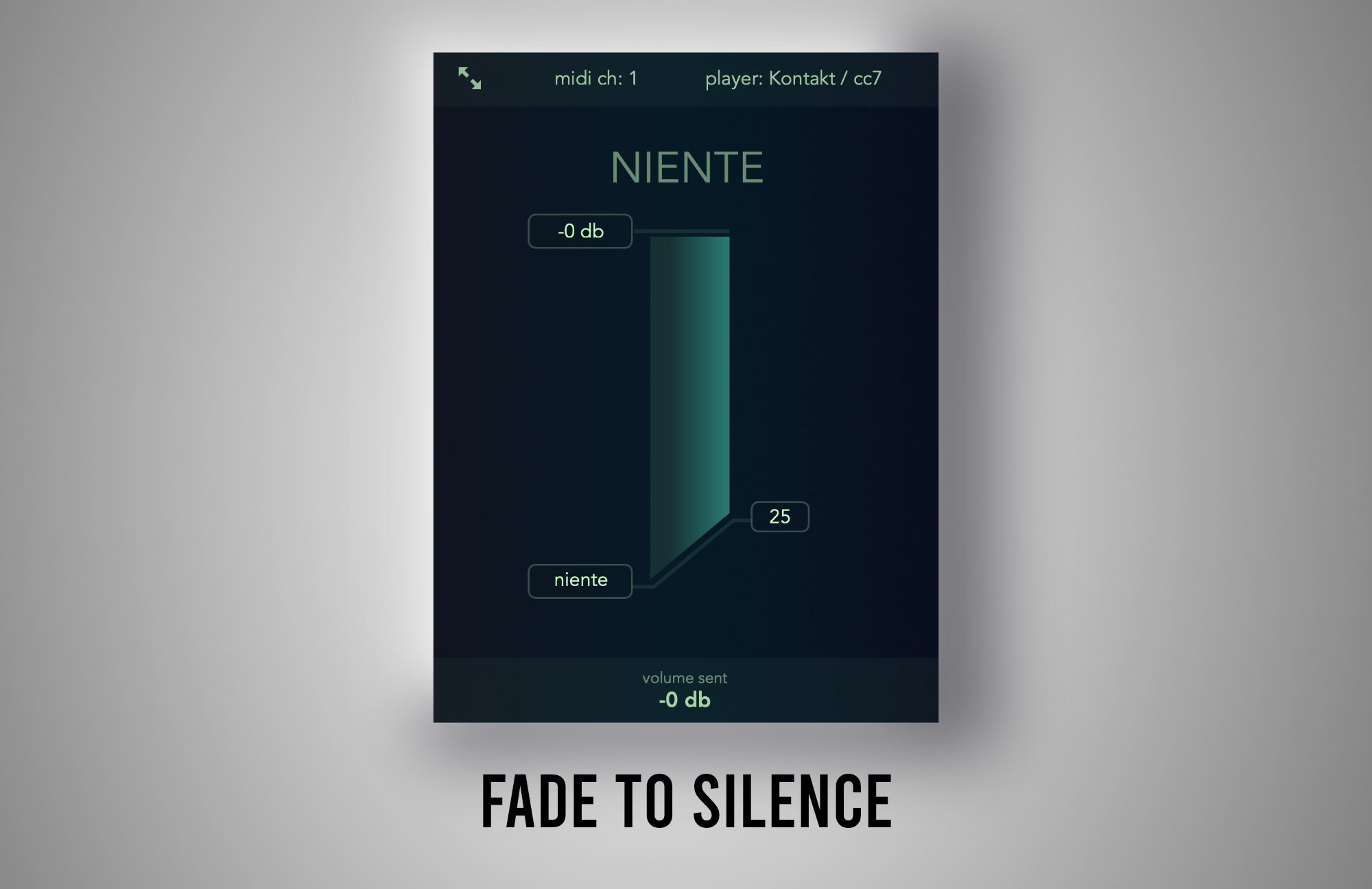TMOfficial
Member
Hey guys! Orchestra Tools is my main library I compose with. That being said, is there anyone else out there using their libraries that could offer some advice. I'm sure the same techniques could/would apply to other libraries. But I find it hard to get a complete fade out with changing the dynamic range for forte to piano for example. I noticed the NIENTE feature on OT but when I select it, I can't really hear a big difference.
I've seen some composers set the modulation and then do a similar pattern with the expression. I usually set my expression for all instruments (except for certain occasions) the same same level. But then I find myself fading down (on expression) from like a set level of 30 down to 8 or 6 just to try and get that clean fade out. But that's not always fool proof.
Or is this simply a matter of reverbs?
I've seen some composers set the modulation and then do a similar pattern with the expression. I usually set my expression for all instruments (except for certain occasions) the same same level. But then I find myself fading down (on expression) from like a set level of 30 down to 8 or 6 just to try and get that clean fade out. But that's not always fool proof.
Or is this simply a matter of reverbs?






 And when needed I slap a MIDI data converter on the track rather than switching TEControl set-up for different libraries and synths. My fav way to play SWAM Solo instruments is with the TEC for dynamics and a Seaboard Rise2 for glissandi and vibrato.
And when needed I slap a MIDI data converter on the track rather than switching TEControl set-up for different libraries and synths. My fav way to play SWAM Solo instruments is with the TEC for dynamics and a Seaboard Rise2 for glissandi and vibrato. 
